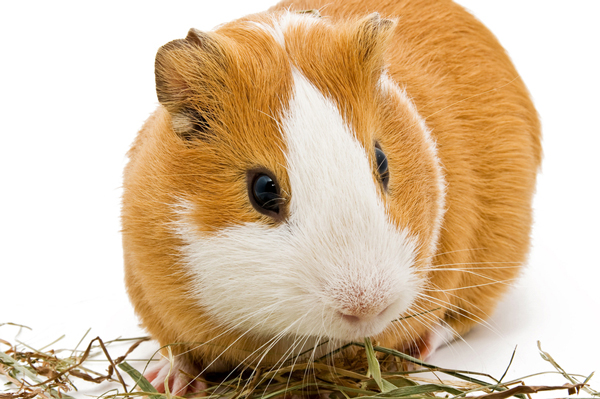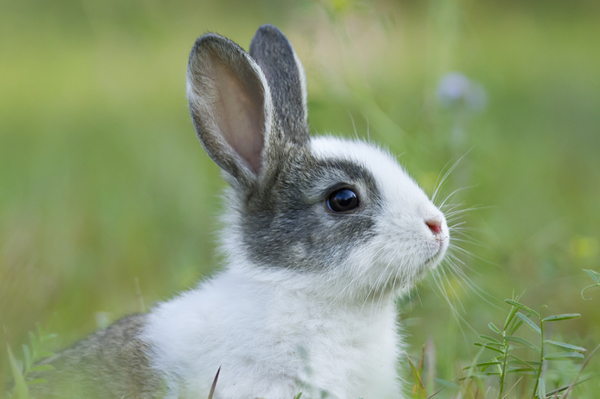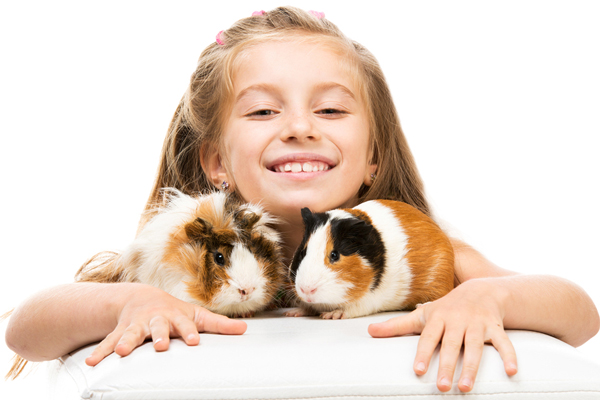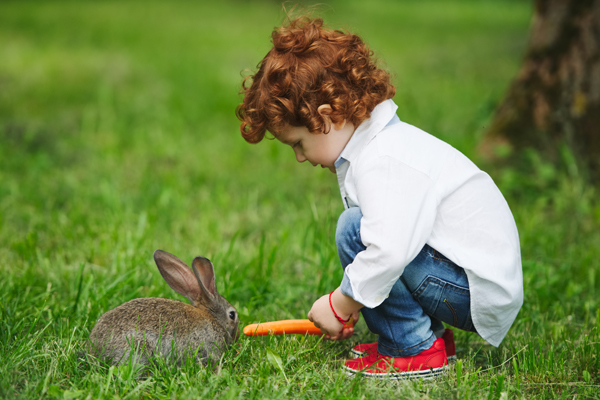Choosing your child’s first pet
‘Mu-ahhh-umm, Da-aaaa-ad, can we have a pet pleaeeese?”
It’s a refrain parents are oh-so-familiar with. And the request is usually fairly specific to either a dog or cat. But many of us don’t have the time/space/energy for one of those. It’s enough to keep the human-kids clothed, watered and fed – adding in a bounding fur-kid takes it to the next level!
But it doesn’t have to be this way. Here’s a few reasons why you should consider getting a rabbit or guinea pig as your child’s first pet. The reasons for their first pet, rather than against. While your first instinct may be to say a blanket ‘no’ to any pet-related questions, think about the pro’s a pet offers your child.
They teach responsibility:
Kids quickly learn about how to be responsible if they’re involved in feeding, watering, caring for and playing with a pet.
They teach important social skills:
Many children struggle to empathise with others (which doesn’t make for great adults).
Pets allow them to develop this life skill along with compassion and nurturing skills.
They can be your child’s best mate:
Survey a few adults and at least a few will say their pet was their favourite companion growing up.
Children often consider their pet their ‘safe place’ – someone they can talk to without being judged or told they’re being silly.
Choosing to introduce a pet to your family is a big decision.
We get that. And getting the right fit for you is paramount to ensuring success. To help you out on that front, the following will give you a good idea of what’s required if you pick a rabbit or guinea pig as your child’s first pet (and we’re sure you’ll quickly see, it’s not as labour-intensive as you might think!).
It’s all about the scale
A smaller pet means less work. Less space, less food, less exercise, less upkeep. Guinea pigs definitely fit into this category and rabbits to a lesser extent (although when compared to a dog, they certainly do!).
Being on the tiny side means rabbits and guinea pigs are easier to look after which really helps when you want your kids to deliver ‘hands on’ care. Space-wise, both bunnies and guinea pigs only need a hutch; an enclosed structure with adequate ventilation. You can even get moveable ones to transfer from indoors to outdoors.
All hutches should have:
- A fully enclosed section to protect pets from heat or cold (bunnies and guinea pigs are VERY susceptible to heatstroke so bring them indoors on hot days)
- An activities area Ventilation made from mosquito-proof netting For rabbits, big enough space to perform 3 full length bounces and stand on their hind-paws
- Is filled with hay or paper material (and changed regularly)
- Has a litter tray as you can train them to use it (rabbits only)




Easy to feed
Both bunnies and guineas pigs are herbivores (an added bonus here is it may encourage your kids to eat their veggies too!). Guinea pigs need lots of vitamin-C enriching food – as they can’t produce their own – so think carrots, broccoli, cucumber, brussel sprouts, and even parsley or fresh grass. Rabbits enjoy eating hay grass and can have as much of it as they like. Get the good stuff though – it should look green, smell fresh, be prickle-free and not too dusty or dry. You can get commercial rabbit pellets, aim for something with at least 17% protein. Fruits are ok as treats for guinea pigs but your bunny may not like them as it’s not a natural part of their diet. And of course, it almost goes without saying that your pet needs a constant supply of fresh water.
Veterinary Care
Like all pets, your vet will help you ensure your pet – be it rabbit or guinea pig – has a long and healthy life. Here’s quick rundown of things to be aware of:
Rabbits
Dental:
Bunnies teeth never stop growing so your vet will check for ‘overgrowth’. A good, healthy diet helps. As rabbits love to chew things, keep a close eye on them – bunnies and power cords don’t mix well!
Vaccinations:
Rabbits are highly susceptible to Calicivirus. It was first used to control wild rabbits but affects domestic ones just the same.
A vaccination is strongly encouraged.
Desexing:
This procedure prevents unwanted litters, aggressive/territorial behaviour and reproductive diseases common in female bunnies. It can be done from 4 months for boys and 6 months for girls.
Myxomatosis:
The disease is caused by the Myxoma virus and is spread to rabbits via mosquito bites and rabbit fleas. Death usually occurs within 2 weeks in over 95% of cases. There’s no vaccine or treatment so preventing bites is the best form of action.
Use insect-proof netting, mozzie coils, citronella and get rid of all stagnant water.
Guinea Pigs
Dental:
These little ones are also prone to overgrown teeth so get ‘em checked. They like to chew too so ensure they do so safely.
Desexing:
You can desex guinea pigs at 5 – 6 months of age.
Worming & Mites:
Give them a small animal worming treatment every 3 months. Check regularly for fur, ear and lice mites. Your vet can help you here. Mite and lice sprays can be used in minor outbreaks but bigger ones require a vet trip.
So there’s a bunch of reasons why guinea pigs and rabbits make such great first pets. And maybe now you can answer that infernal question ‘Can I have a pet pleeeeeeease?’ with a resounding ‘yes’. Cue – screams of glee.


